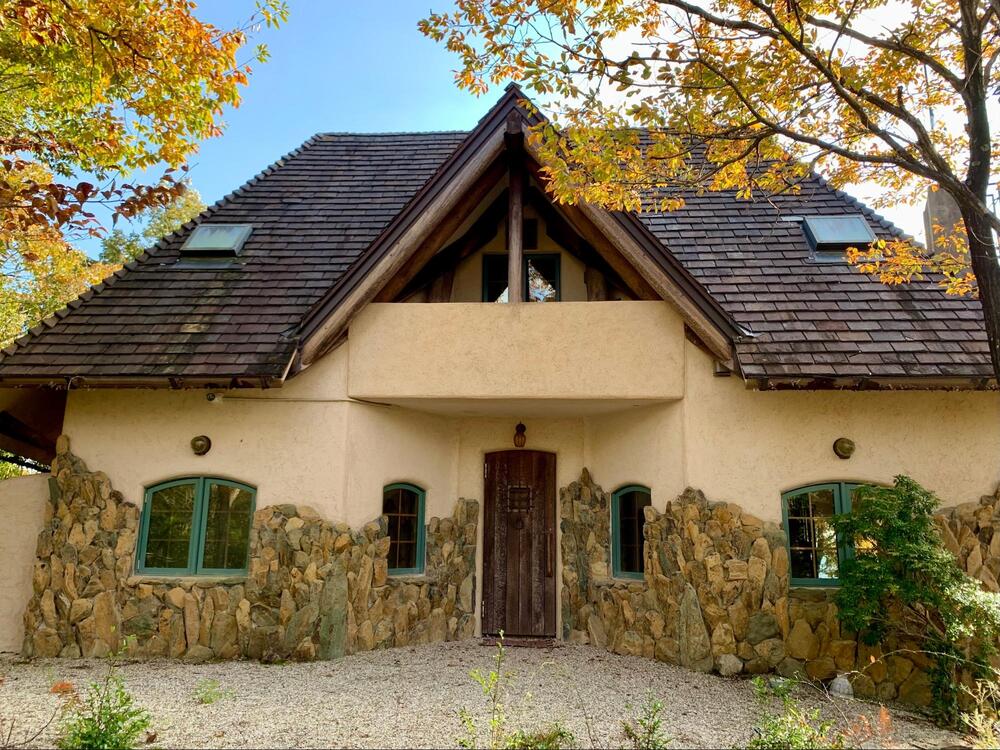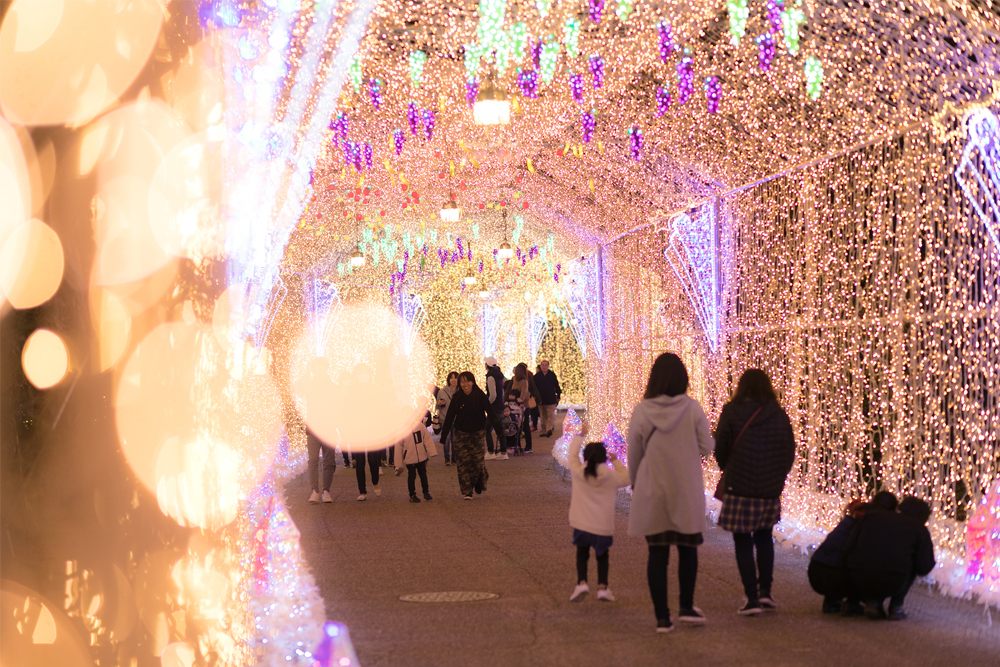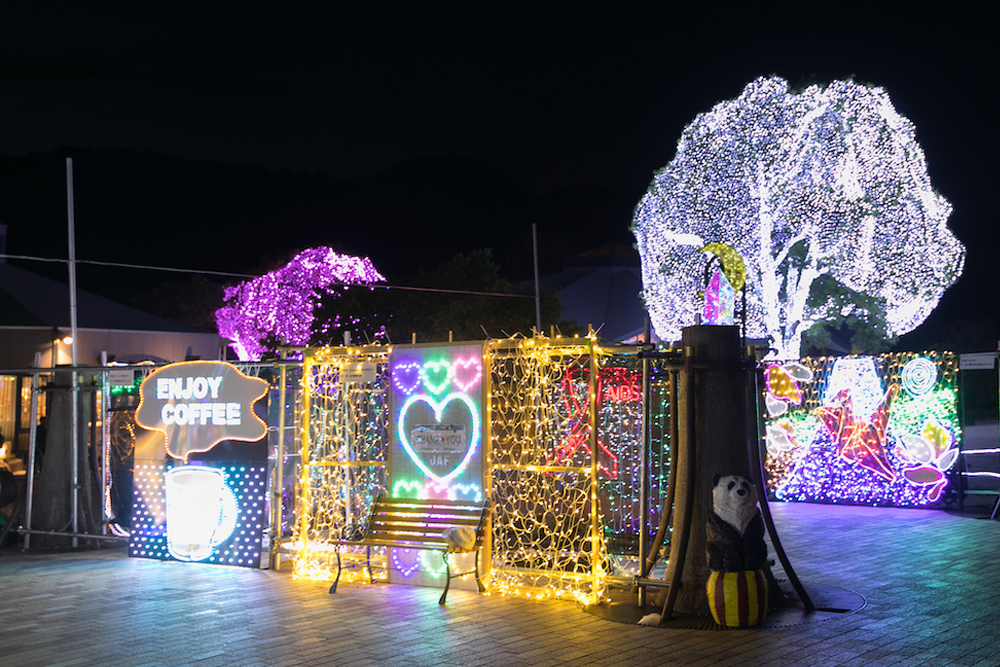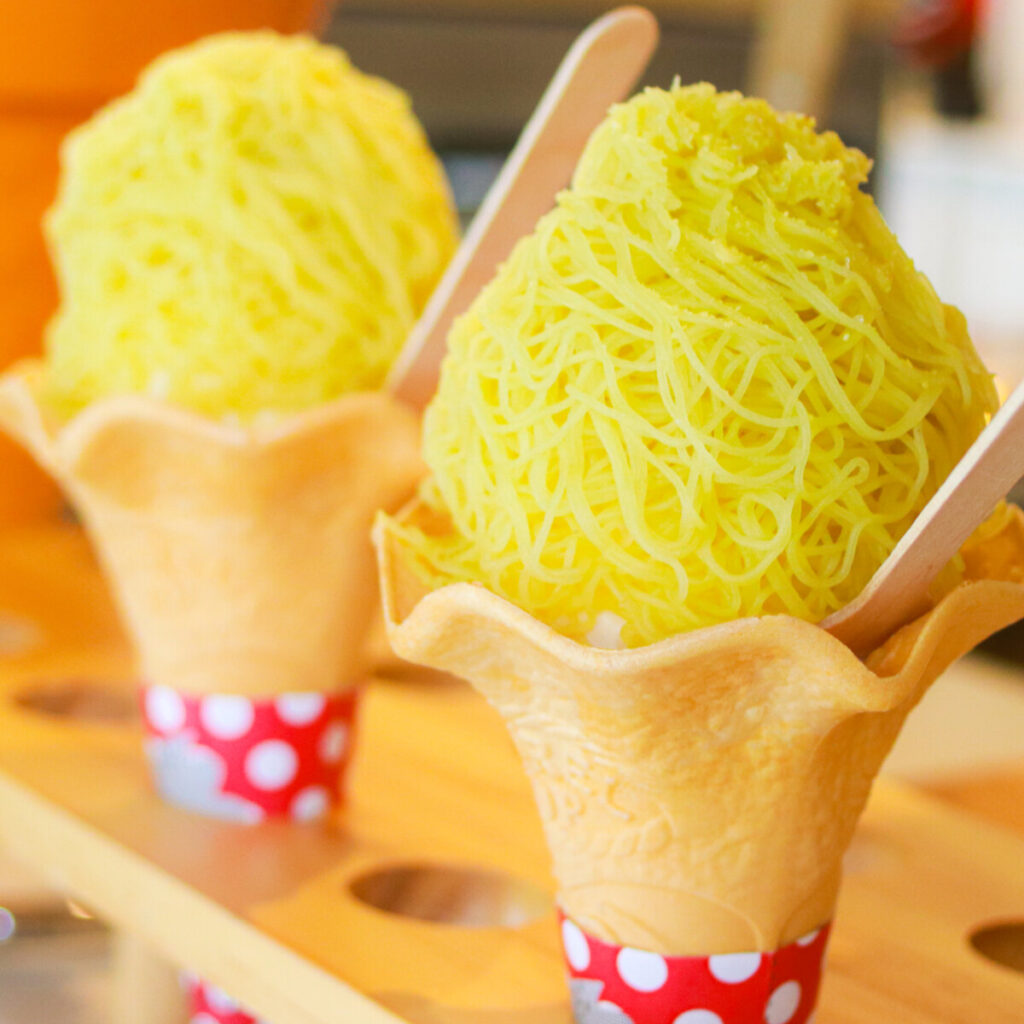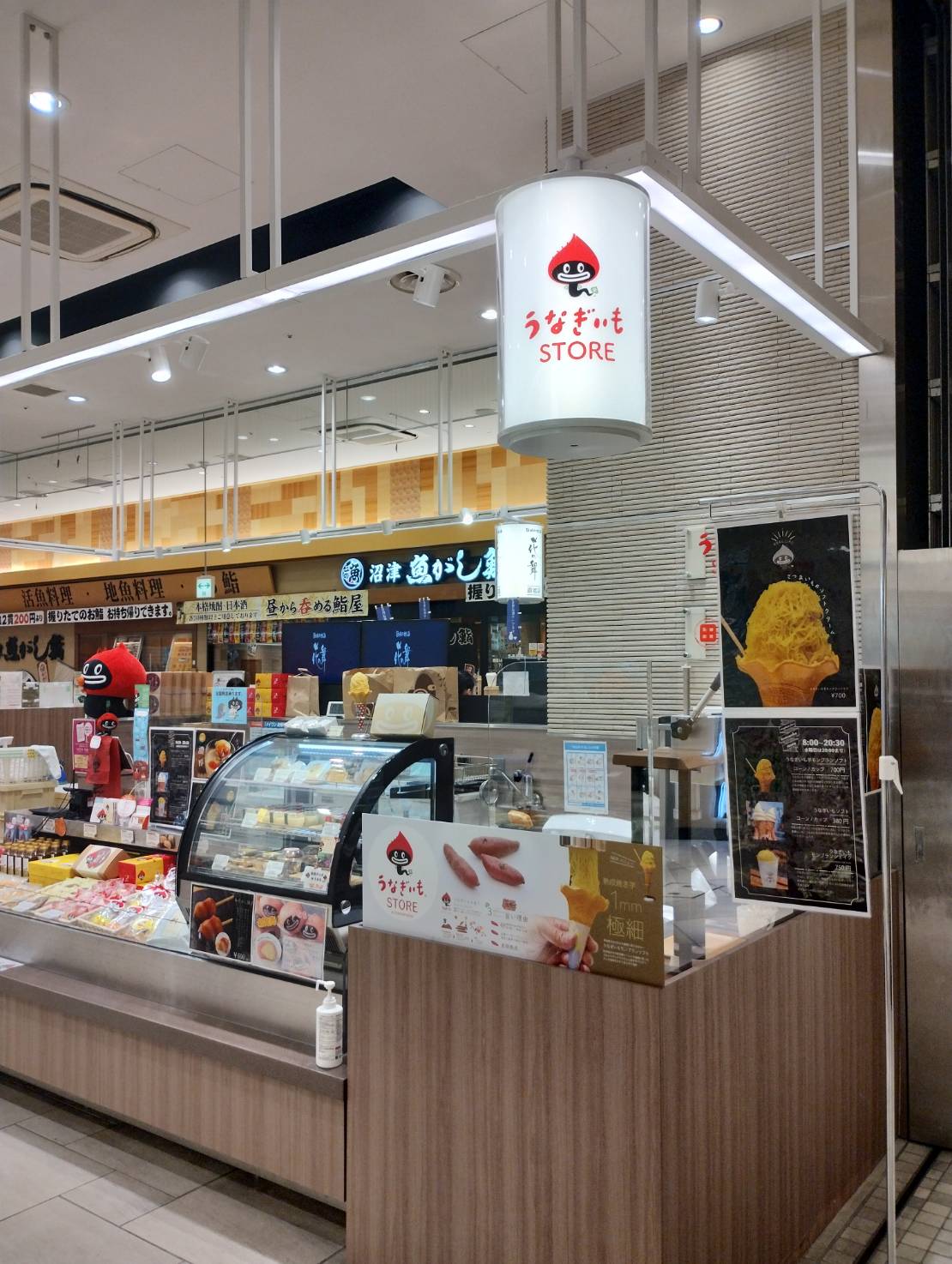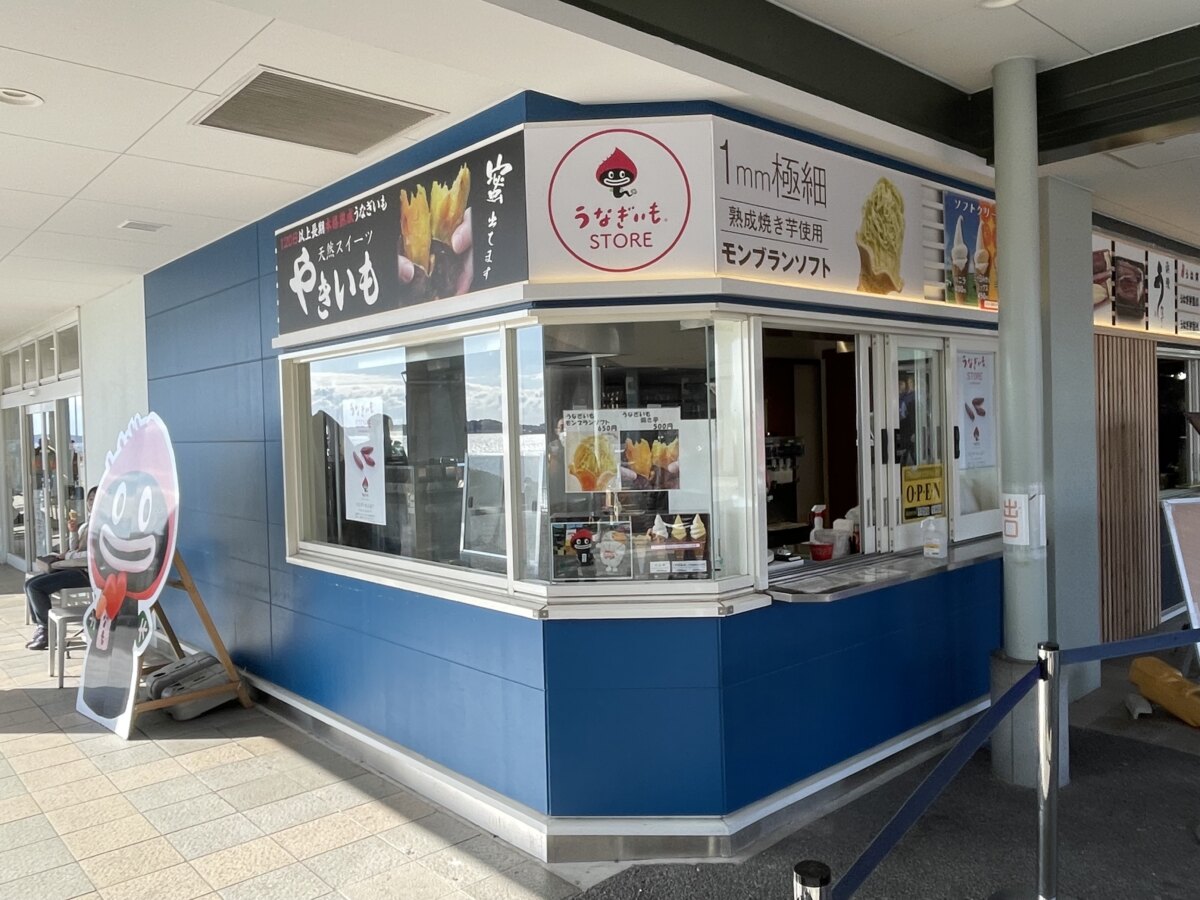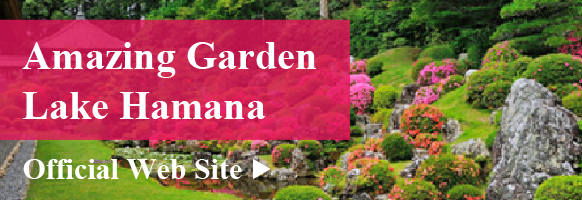Get to Know Hamamatsu
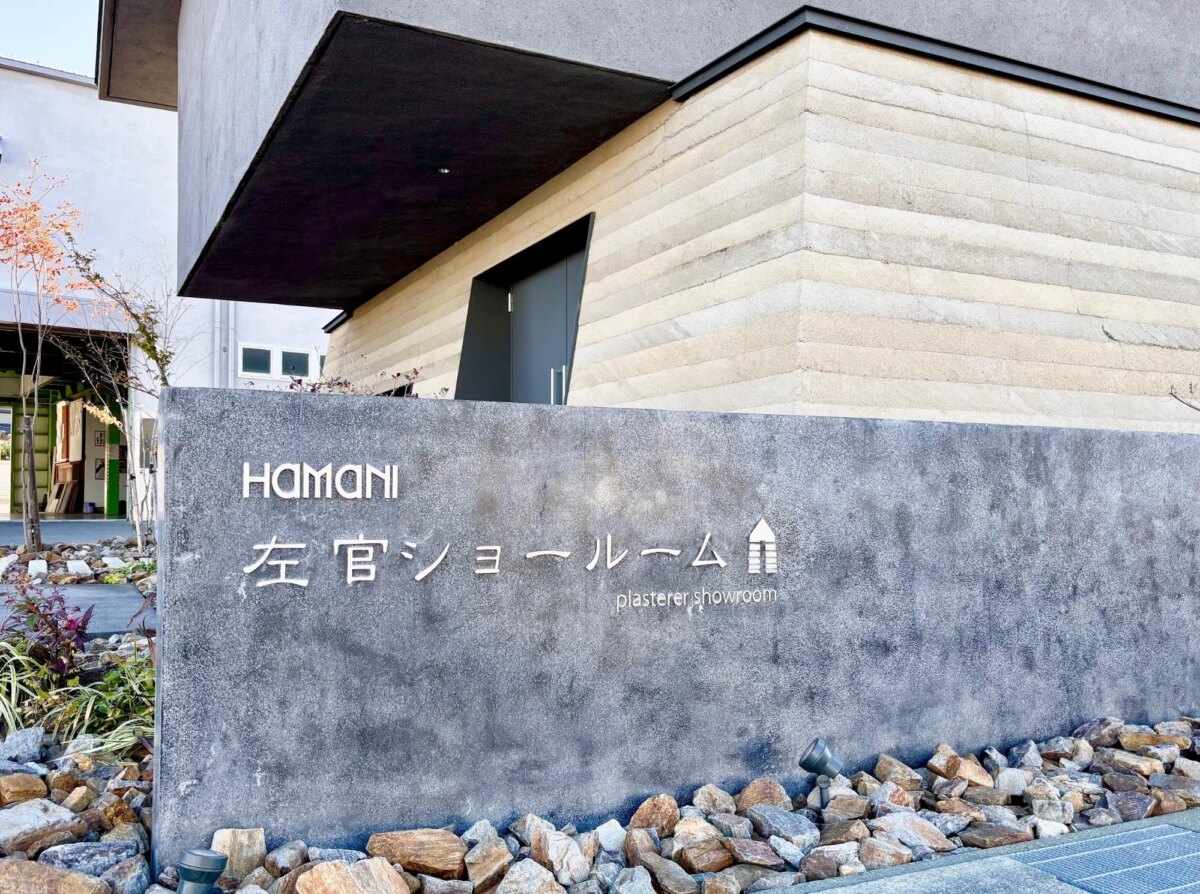
- Watch
Meet at the plastering showroom! Traditional techniques for creating comfortable and sophisticated homes| Hamani Co., Ltd.
Do you know what a plasterer is?
Plastering is a traditional Japanese technique for finishing the walls and floors of buildings.
Although it is an ancient technique, it still plays an essential role in modern home construction.
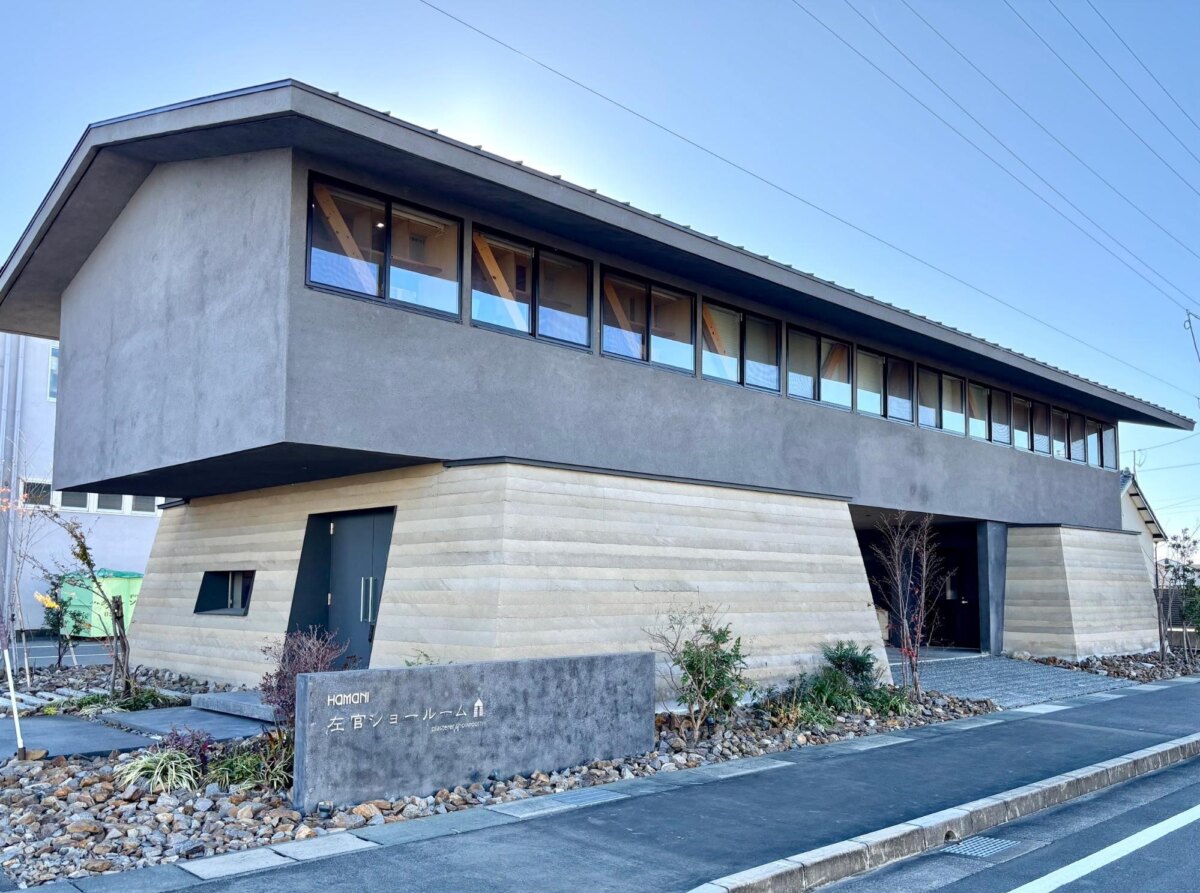
This time, we visited the plastering showroom opened in July 2023 by Hamani Co., Ltd., a company in Hamamatsu City, Shizuoka Prefecture that specializes in plastering work.
We asked him about the appeal of traditional techniques and the secret to creating a comfortable living environment that plastering brings. If you are considering building a custom home or want to create a sophisticated home, please read to the end.
About Hamani Co., Ltd.
Based in Hamamatsu City, Shizuoka Prefecture, Hamani Co., Ltd. has a history of over 50 years and continues to preserve traditional plastering techniques while also carrying out construction work that meets the needs of modern homes and buildings.
As a company closely tied to the local community, they boast extensive experience and a proven track record in the construction of numerous residential and commercial facilities, and have built a solid reputation for trust.

Image source: Hamani Co., Ltd. official website: https://www.hamani.jp/
The strength of Hamani Co., Ltd. is that it is a group of craftsmen with high technical skills.
They have more than 30 plasterers of a wide range of ages on staff at all times. Not only do we pass on traditional techniques, but we also improve our technical skills by obtaining first-class plasterer qualifications and participating in skill competitions.

Image source: Hamani Co., Ltd. official website: https://www.hamani.jp/
In addition, for over 10 years the company has been actively recruiting and training young people, nurturing the next generation of craftsmen through in-house training and vocational schools.
Experience it at our plastering showroom! The charm of traditional techniques
This time, we visited Hamani’s Plastering Showroom, which opened in July 2023.

This building, which exudes a particularly sophisticated atmosphere even in a quiet residential area, is Hamani’s plastering showroom.

Image source: Hamani Co., Ltd. official website: https://www.hamani.jp/
The interior and exterior of the building have been completely finished with plastering, making it a showroom where you can experience the appeal of plastering techniques.

The showroom has a wide variety of construction examples, from traditional earthen walls and plaster to modern designs, and is full of hints for those who want to realize their dream home!
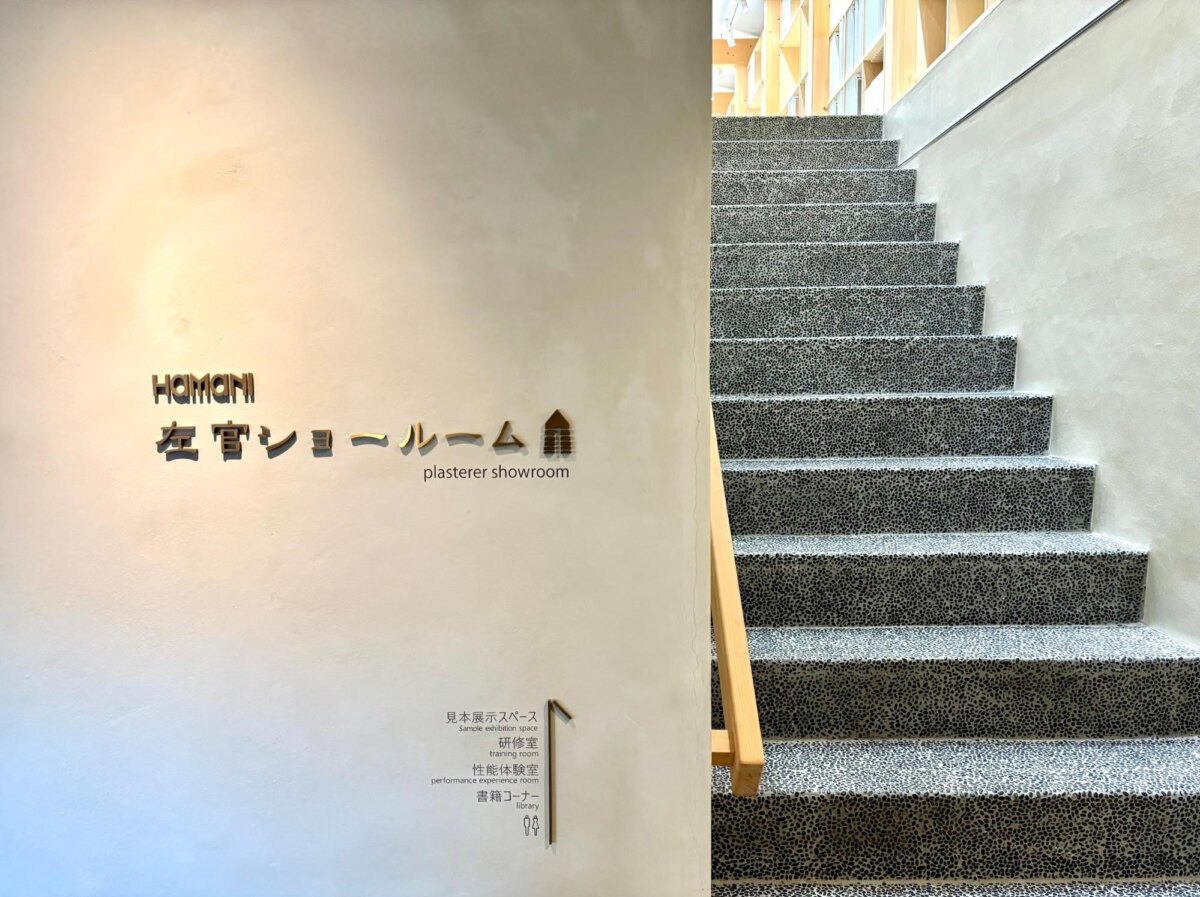
This time, Mr. Shigeru Kawai, CEO of Hamani Co., Ltd., and Mr./Ms. Mayeki Furuhashi, section manager of the plastering department, showed us around the showroom and told us about the history and appeal of plastering.
See, touch and feel the charm of plastering
At the entrance to the showroom, various large and small tools used in plastering are on display.
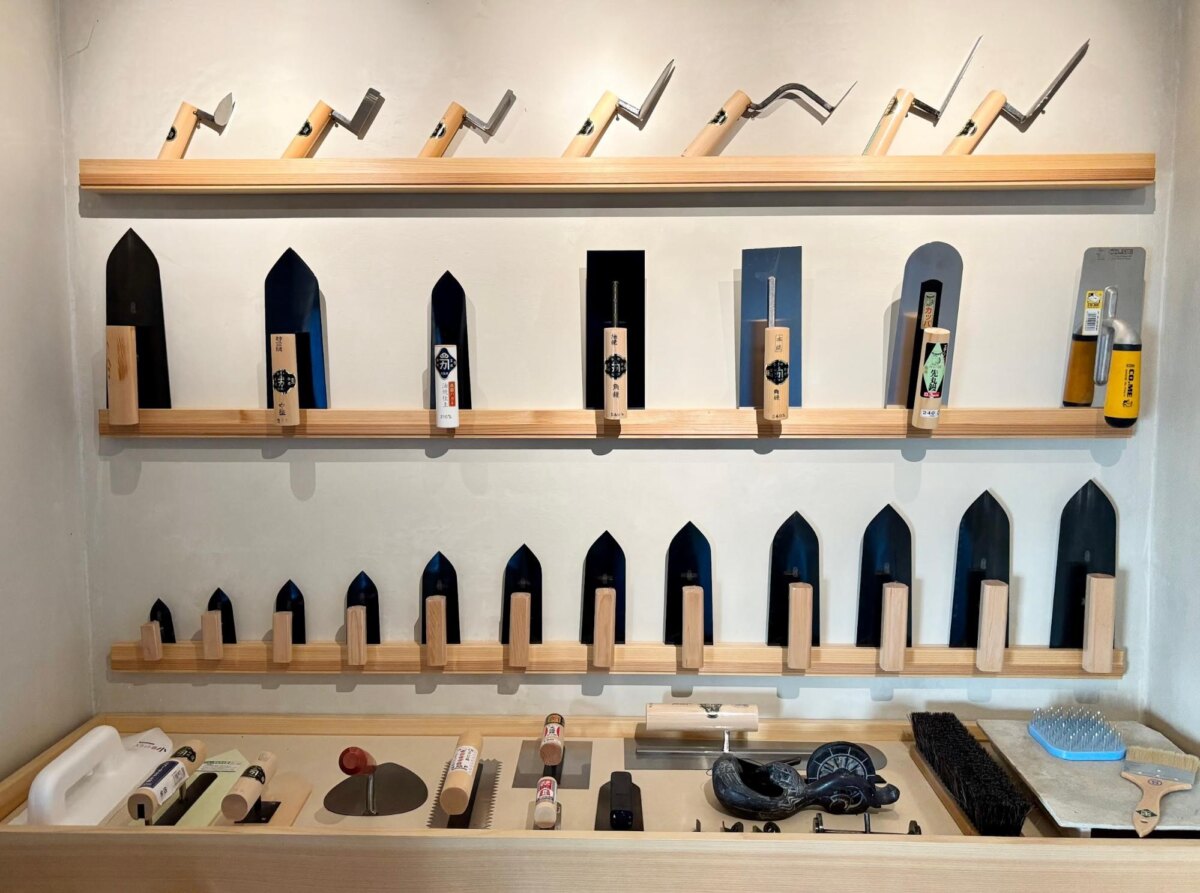
“Plastering is a traditional technique that supports Japan’s ancient architectural culture, and it has been used to protect homes and create comfortable living environments by utilizing natural materials such as clay walls and plaster,” says Mr./Ms. Furuhashi.
Plastered walls and floors finished with plastering not only have a beautiful and textured appearance, but also absorb excess moisture when the humidity is high and release moisture when the temperature is dry, allowing you to enjoy a comfortable interior that is not affected by the season or weather.
You can experience this comfort in the meeting room on the second floor.
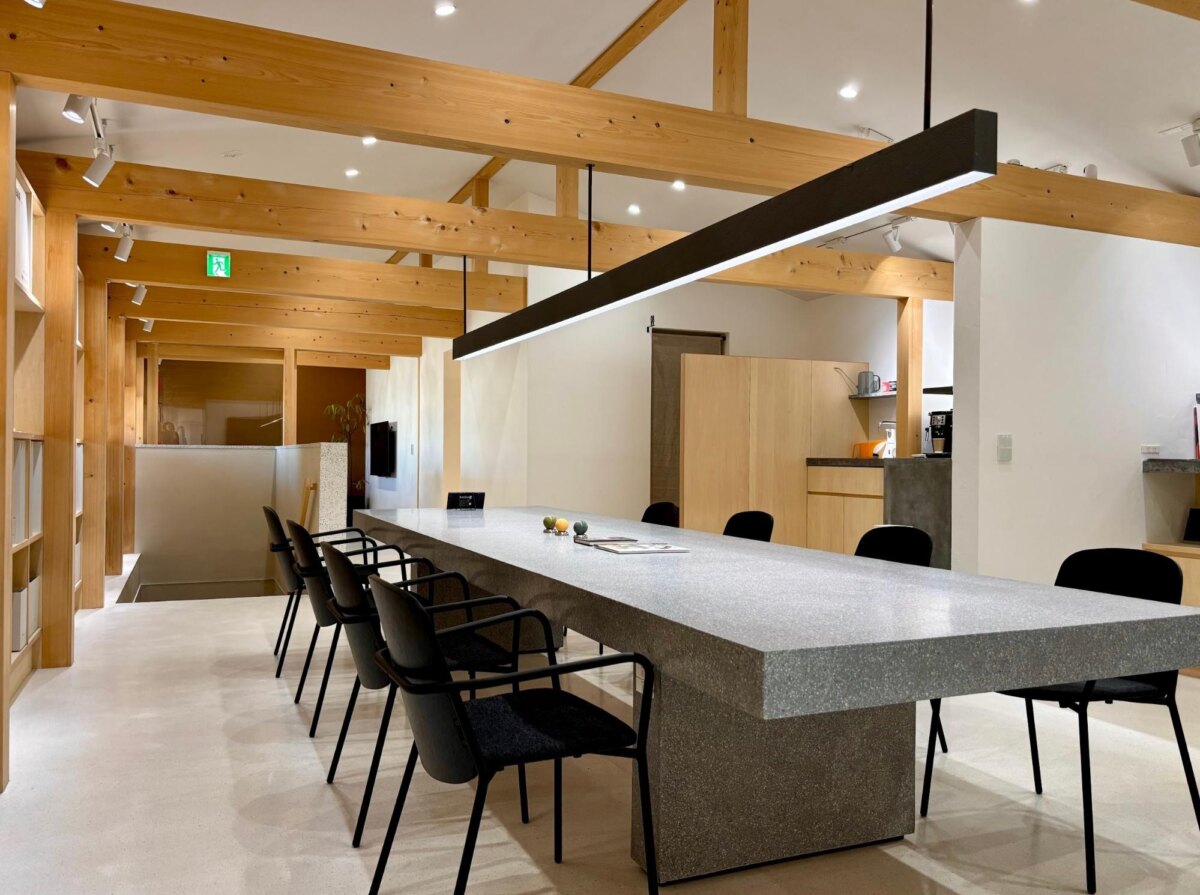
The walls and floors of this space are all finished with plaster, and as soon as you step inside you’ll be enveloped in a calm, peaceful atmosphere that is mysteriously soothing.
The modern table placed in the center looks like it is made of stone, but it is actually a one-of-a-kind piece of furniture made using plastering techniques!
Although it has a luxurious design, it is smooth and gentle to the touch, with a somewhat warm feel.
The bright and stylish business negotiation space adjacent to the meeting room also has a plaster finish.
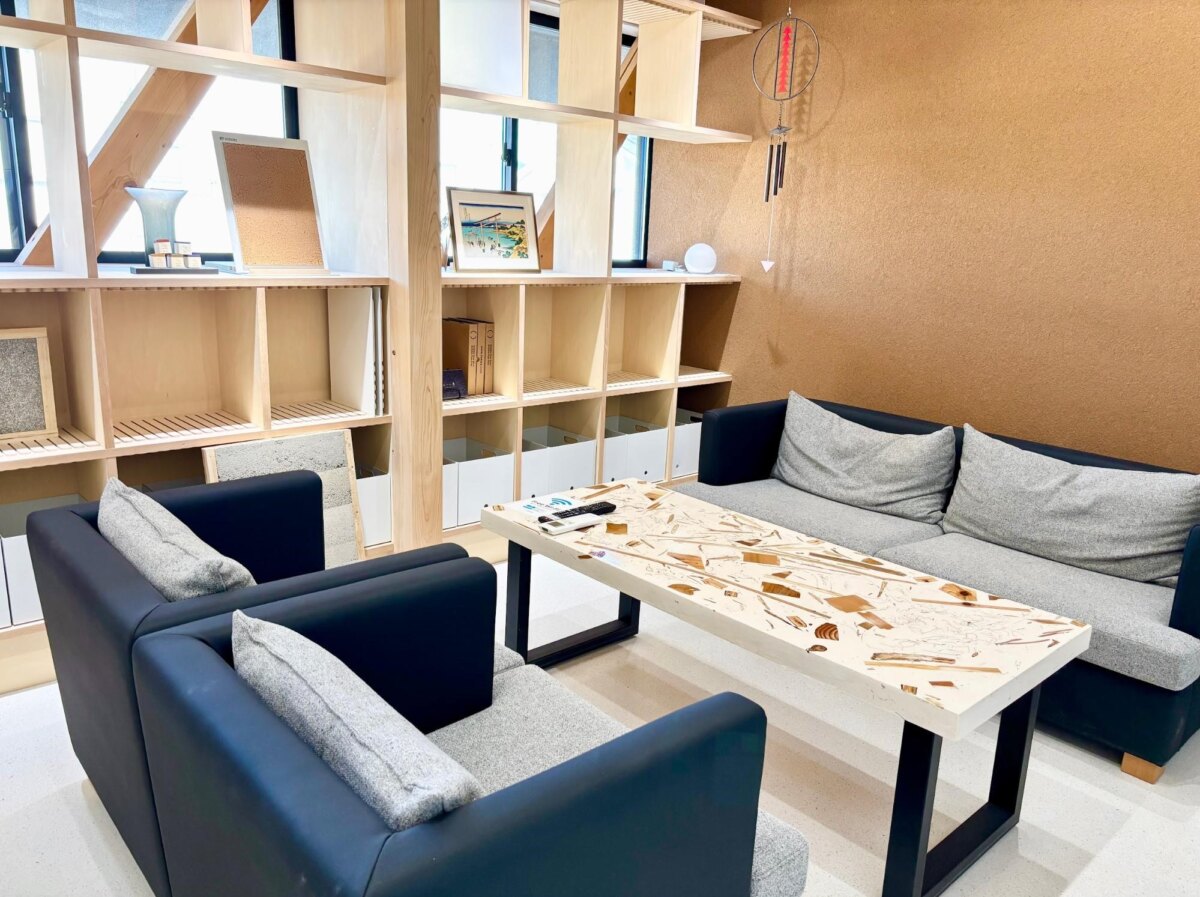
“Not only the walls and floor, but even this table was finished with plastering. The table top is made from salvaged wood and has an artistic design,” he told me, and I was amazed at the wide range of possibilities and applications of plastering technology.

The plastering finish, based on skilled craftsmanship, combines with the strength of the material itself to create high durability, making it possible to create a home that people can live in safely and for a long time.
“Recently, we have been able to offer a wide range of proposals, not just Japanese impressions, but also modern tastes, natural styles, and even designs that incorporate bold colors and textures,” he said, as he showed us the toilet space in the showroom.

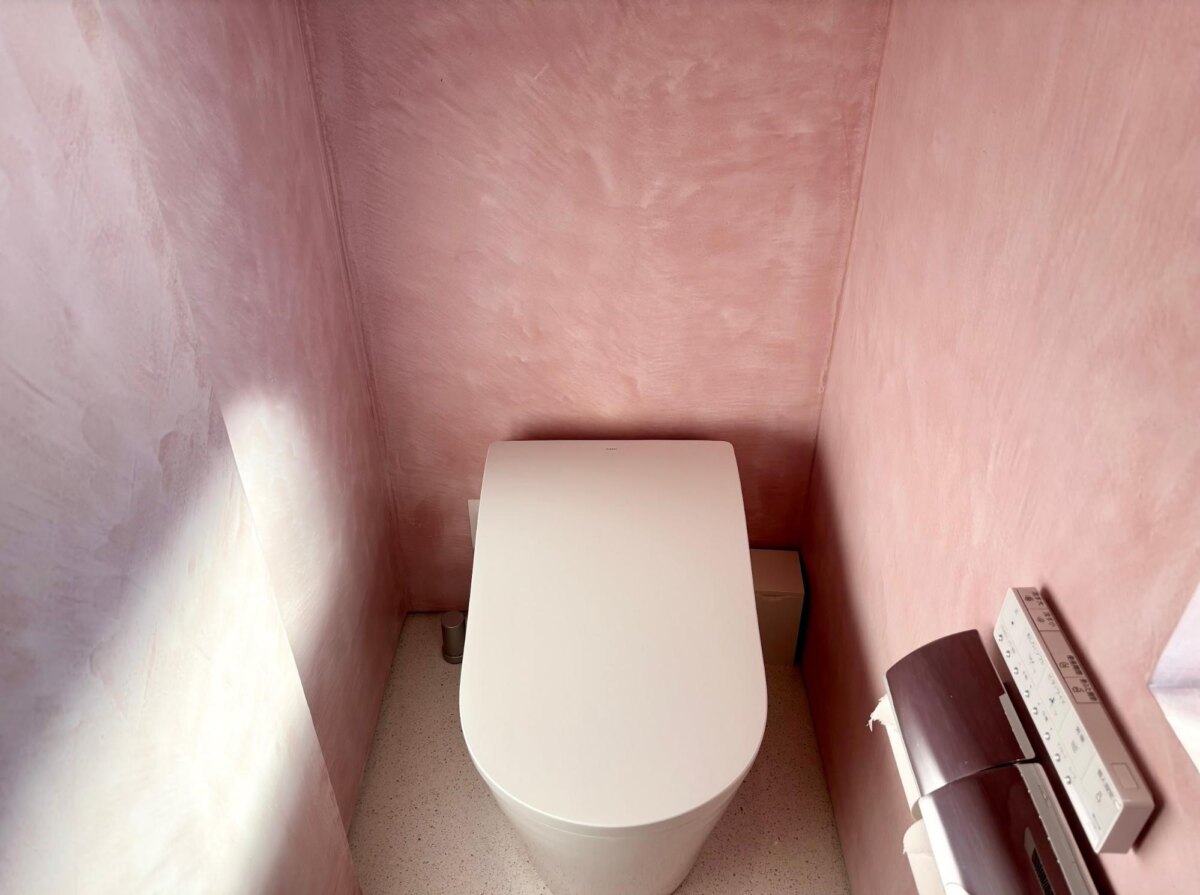
The combination of the texture of the painted walls that is unique to plastering and the beautiful coloring creates a sophisticated atmosphere, completely changing the conventional image of plastering.
Full-body experience in the "Performance Experience Room"
One of the highlights of Hamani’s plastering showroom is the “performance experience room” where you can experience the differences in wall plaster materials with your whole body.
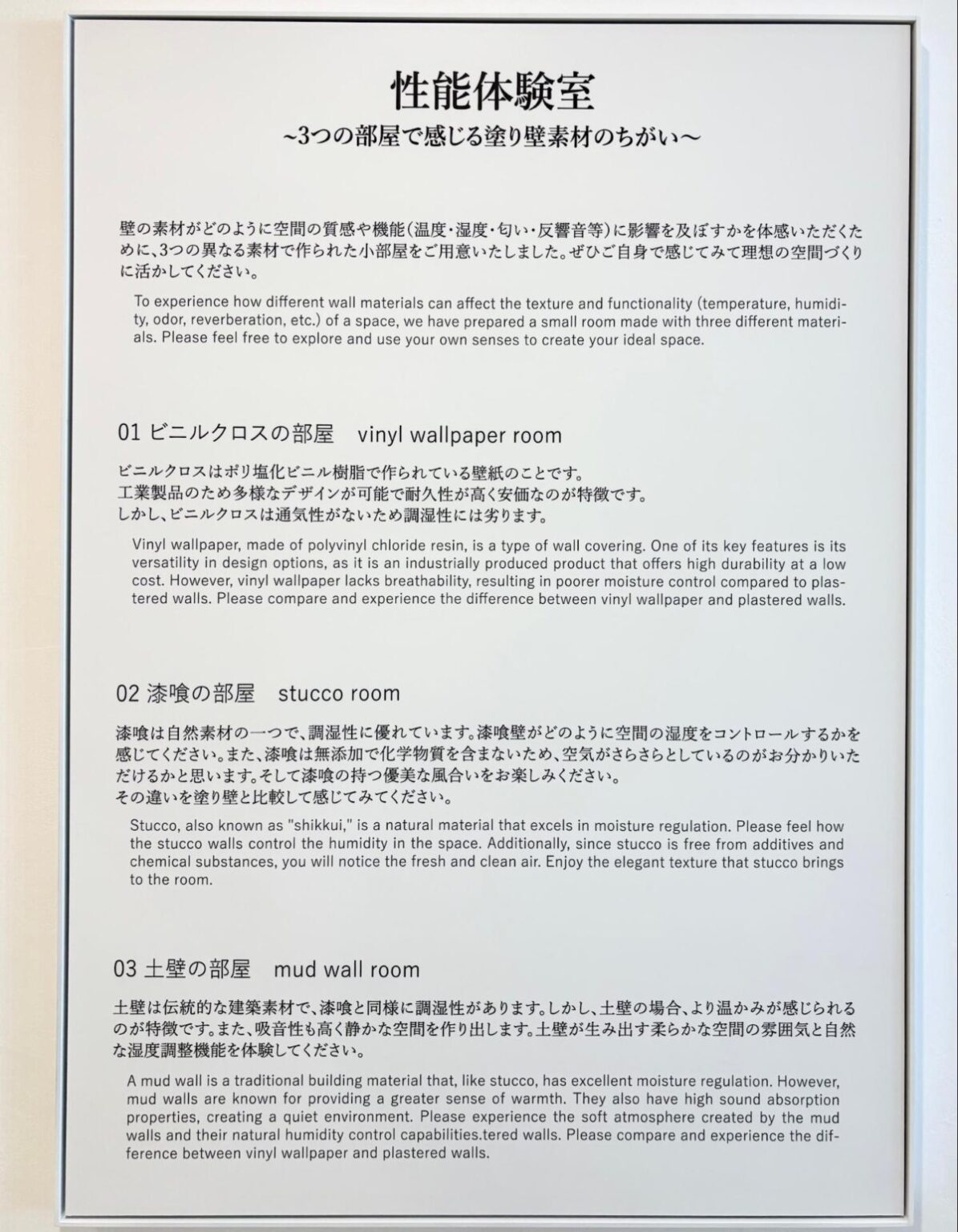
This is a place where you can enter rooms finished with three different wall materials – vinyl wallpaper, plaster, and earthen walls – and experience the difference between each space.
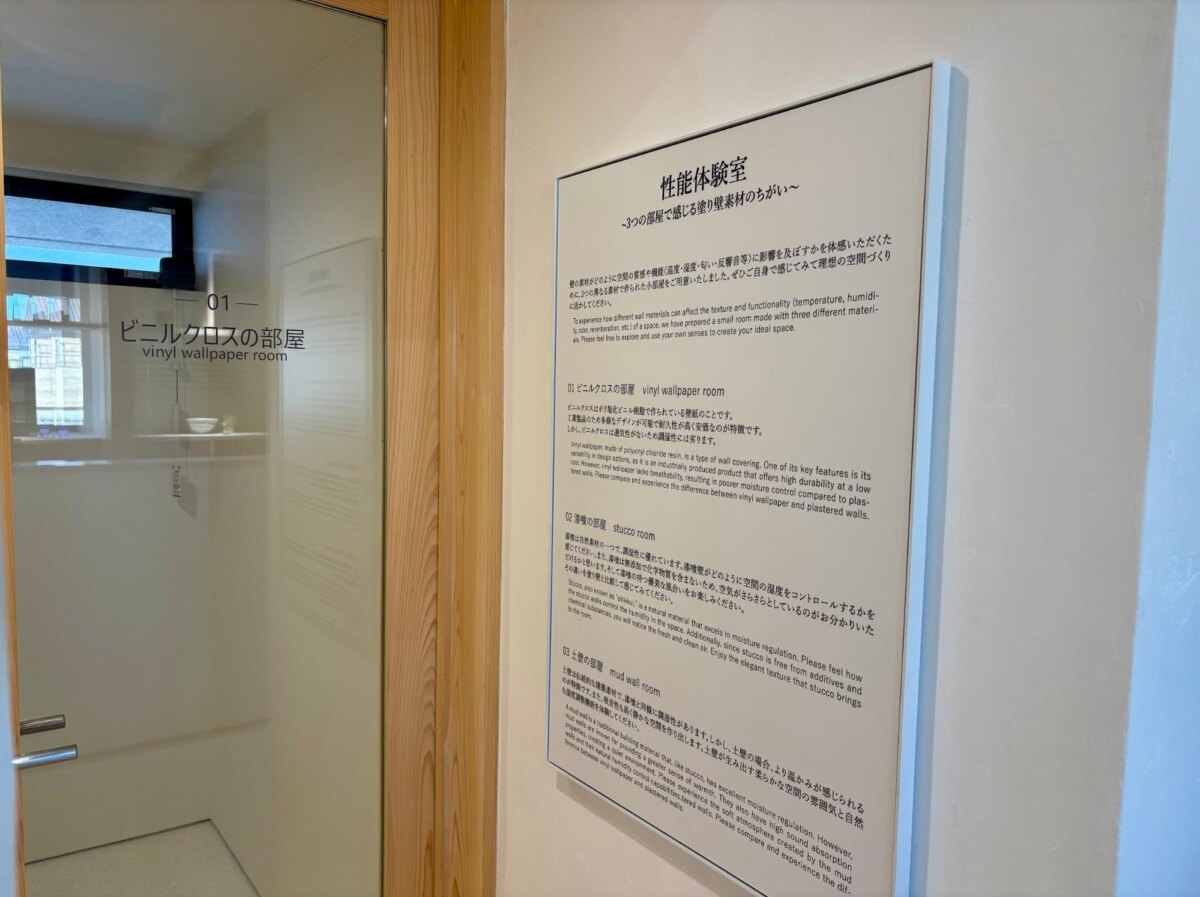
After entering a room with typical vinyl wallpaper, try entering a room with plaster or earthen walls…

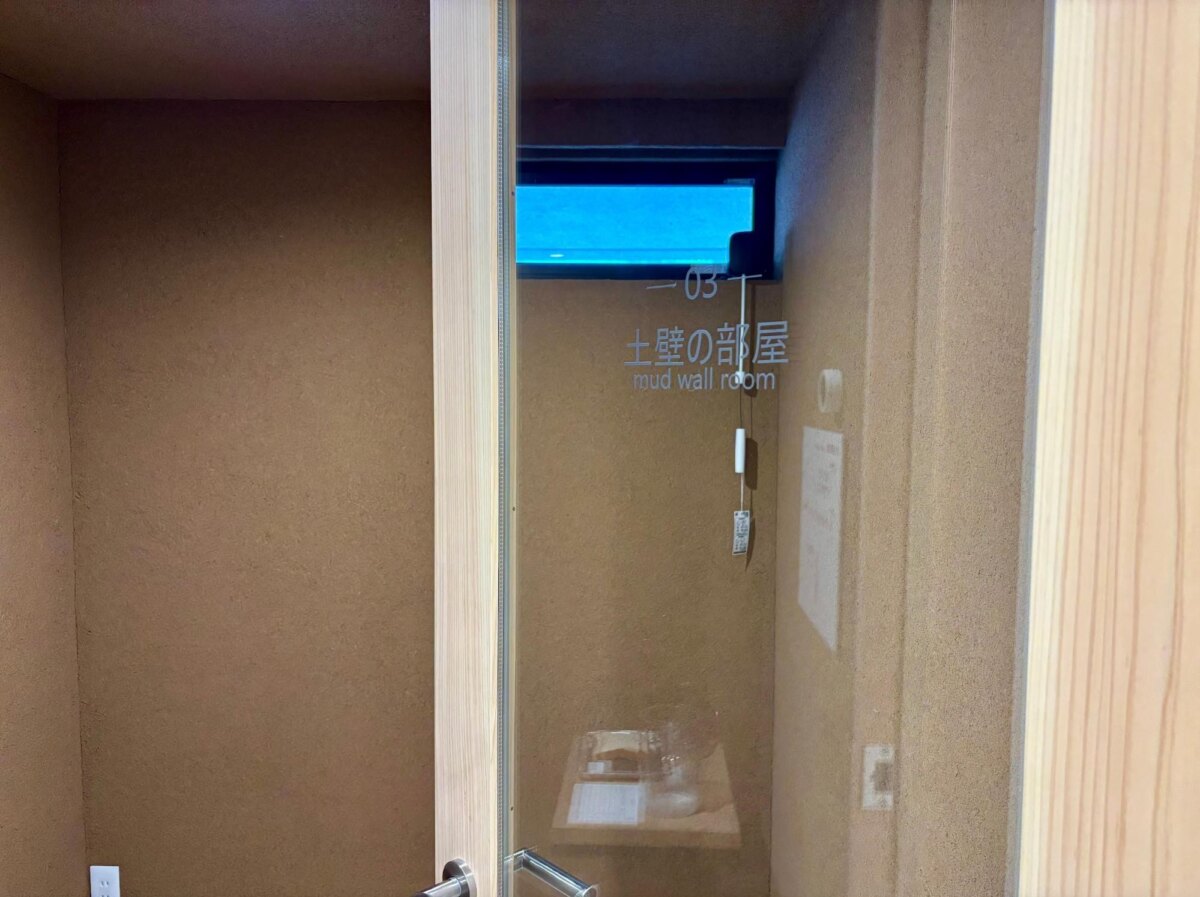
“Huh? Something about the air feels different.”
“The sound is heard differently.”
In the performance experience room, not only can you see and feel the differences between the different materials, but you can also compare their humidity-regulating effects. Many visitors are surprised to see how different the wall materials feel!
“We hope you will come to this showroom to experience for yourself the unique charm of plastering, which cannot be conveyed through photographs or catalogs,” said Mr. Kawai, president of Hamani Co., Ltd., as we were shown around with a smile.
I was constantly amazed at the depth of plastering techniques.
Over 1,000 types of wall coating samples from Japan and overseas
Finally, we were shown the wall plaster samples stored on the walls of the meeting room. There are apparently over 1,000 different types.
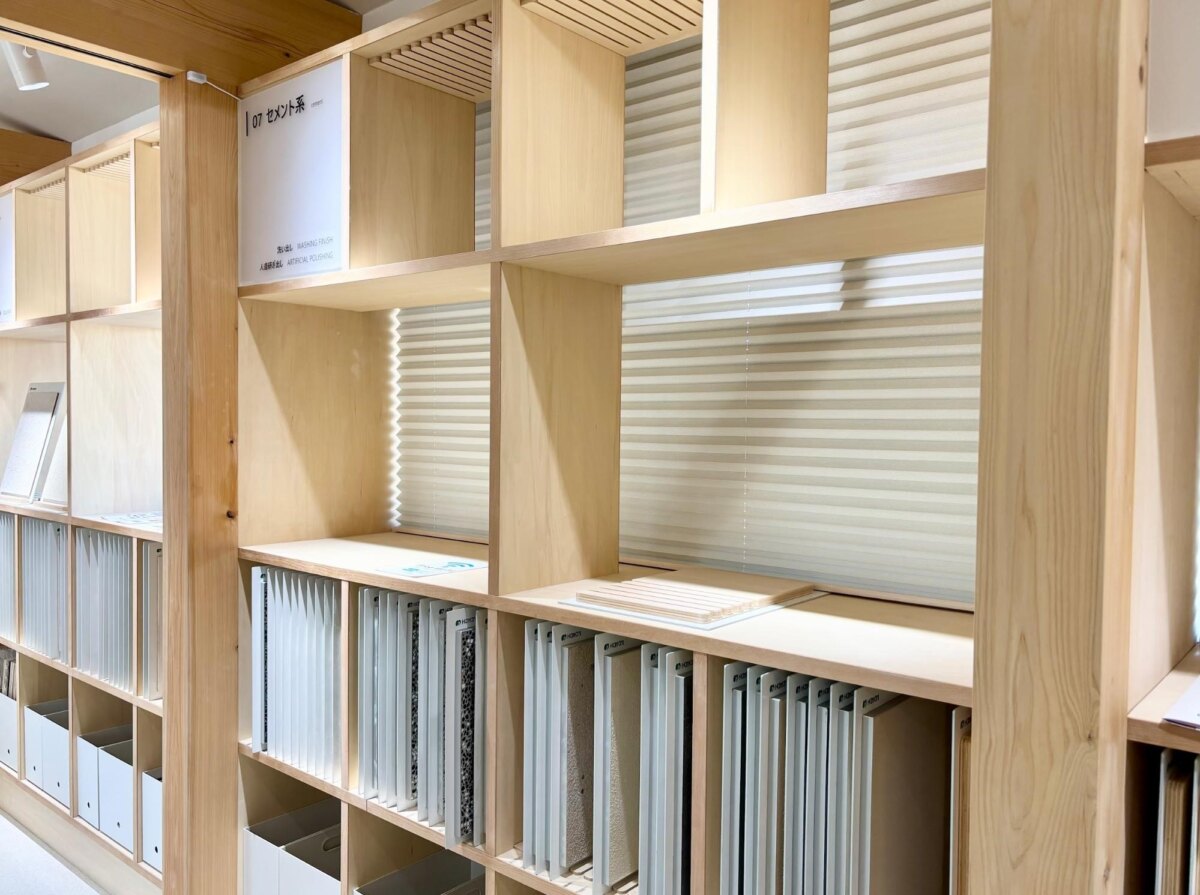
“This is a sample of the plaster wall used in the toilet space we just saw,” he said, showing us a sample of a plastering material developed by a Belgian manufacturer called MORTEX, which comes in a wide variety of colors.
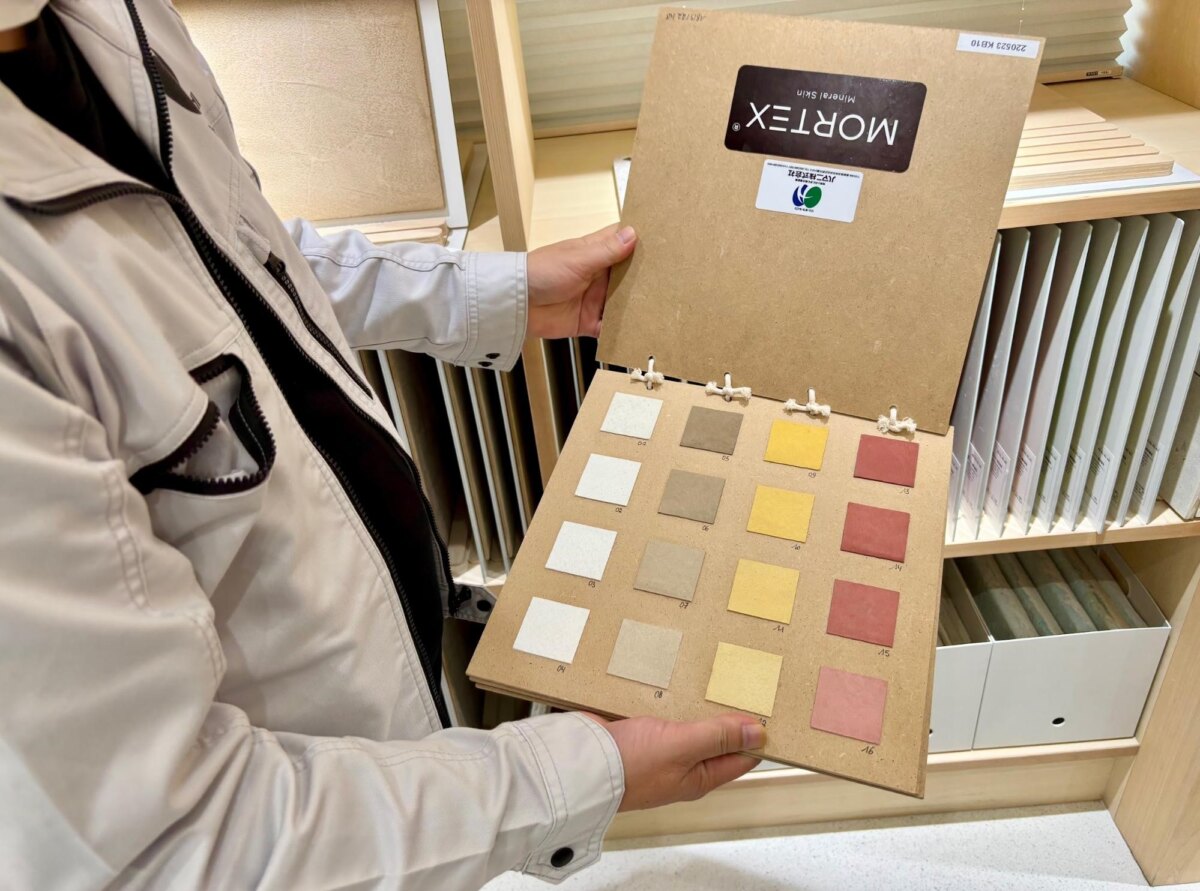
Recently, there have been an increasing number of cases where MORTEX is used to give a stylish finish to kitchen countertops, bathrooms and other wet areas.
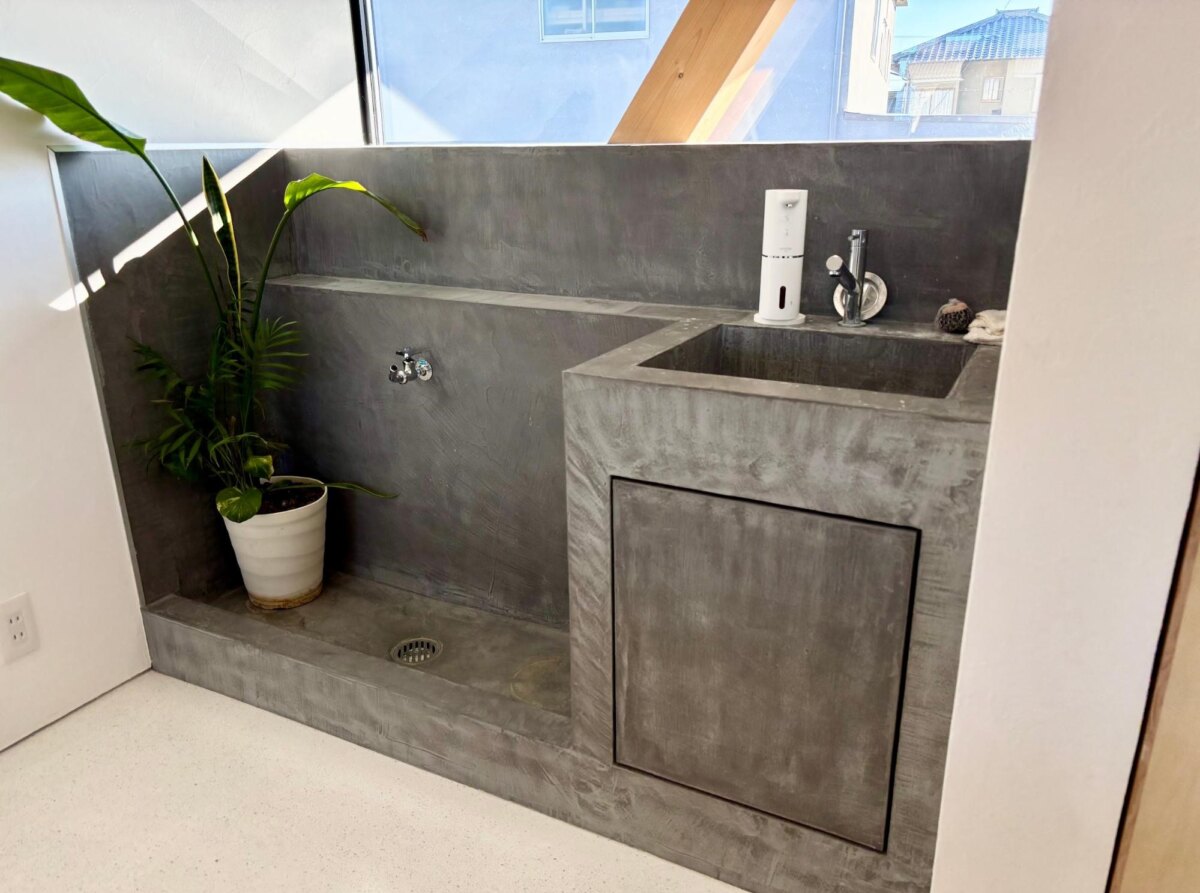
Because it is durable and waterproof, it is popular among people who want to create a space that is resistant to dirt and scratches while enjoying the inorganic texture of concrete, and is gaining popularity especially among the younger generation.
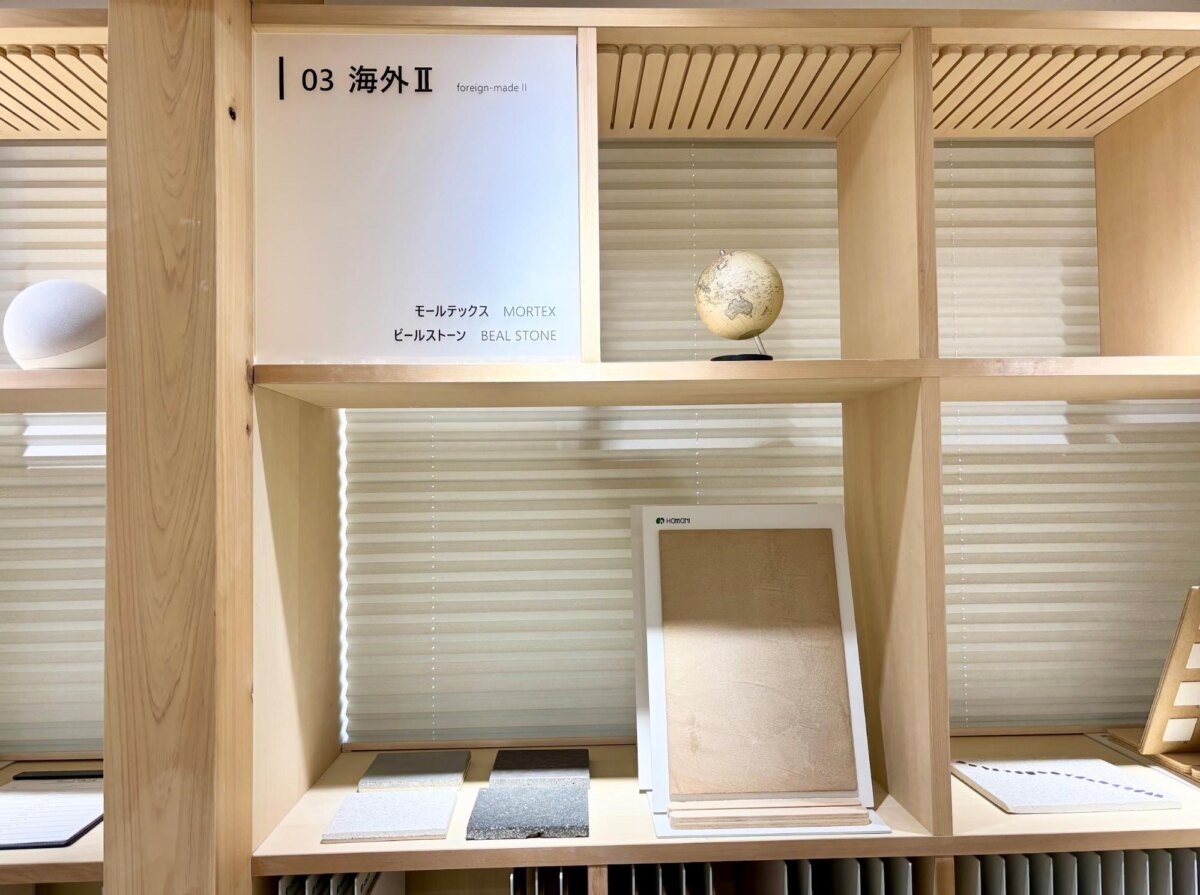
Plastering has a strong Japanese image, but nowadays there are many materials from manufacturers both domestic and overseas, and it is said that a wide variety of designs can be realized.
“In this showroom, we don’t just provide catalogs, we also provide wall plaster samples for comparison, so you can get a more concrete idea of the actual finish.”
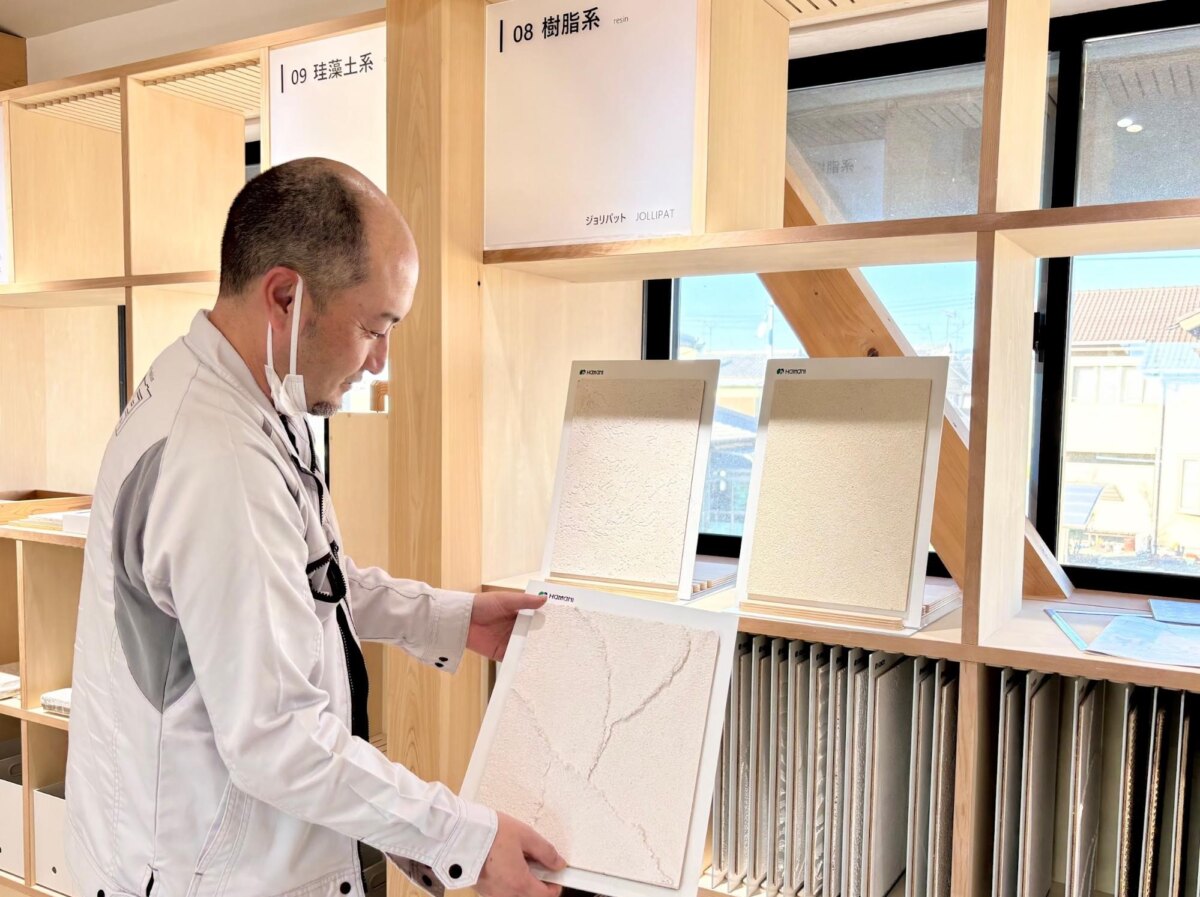
As 1Mr./ Ms. Furuhashi says, being able to consult while actually comparing materials is one of the attractions unique to Hamani’s plastering showroom.
Being able to feel even the slightest differences in color and texture allowed me to more freely imagine my ideal living space.
Make plastering more accessible! Expanding possibilities through experience events
Hamani Co., Ltd.’s showroom also holds events such as a plastering experience and a glowing mud ball experience, which is popular with children at schools and educational institutions.
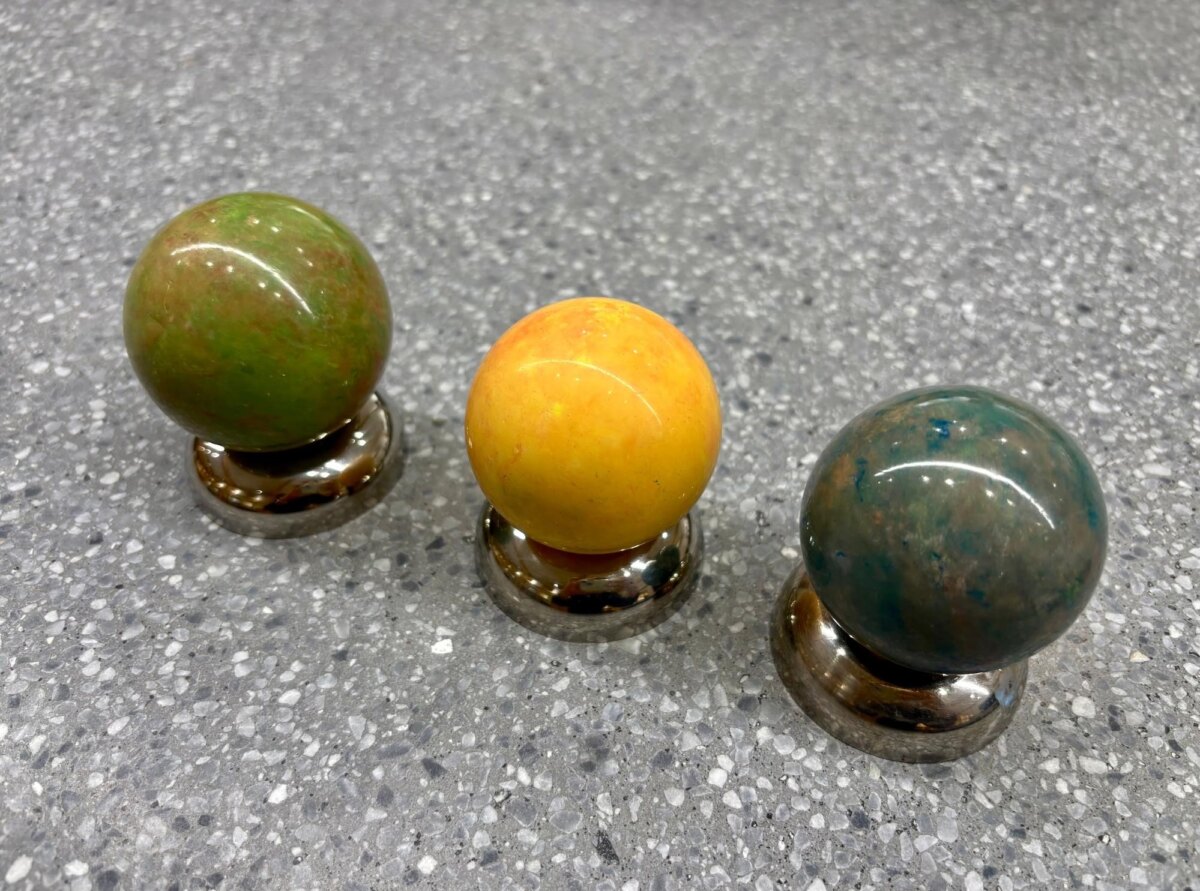
This event, where participants can learn about the traditional technique of plastering while making amazingly shiny and beautiful mud balls, has received rave reviews from many participants.
“We hope that through events like this, more people will learn about the appeal of plastering,” say Mr. Kawai and Mr./Ms. Furuhashi.
At the time of our interview in December 2024, Hamanni’s plastering showroom had only been open for about a year and a half, so it was still in its infancy.
They plan to continue planning new proposals and events to help many customers build their homes and stores in the future.
Hamani’s plastering showroom is open to the public, as well as those in the construction industry, by appointment.
If you would like to visit, please make a reservation online or by phone.
Online reservations here
https://www.hamani.jp/showroom/form
Phone reservations: 053-588-7857
Hamani Co., Ltd. Information
OFFICE
3-13-5 Nishinakaze, Hamamatsu City, Shizuoka Prefecture
Plastering showroom
3-11-12 Nishinakase, Hamamatsu City, Shizuoka Prefecture
TEL: 053-588-7857
FAX: 053-588-1955
Official website here : https://www.hamani.jp/
